| Wednesday, November 11, 2020 | |
| 07:00 | Registration and welcome coffee |
| 08:45 | Opening remarks by SEMI |
Session 1: Planning on Times of Economic and Climate Change |
|
| 09:00 | Opening remarks by session chair |
| 09:05 | Keynote |
Drivers of Digitalisation: What is Digitalisation and why can it change so much? |
|
Gregor Hopf, Professor for Digital Transformation, Duale Hochschule Baden-Württemberg (State Cooperative University Baden-Württemberg) Drivers of Digitalisation: What is Digitalisation and why can it change so much?
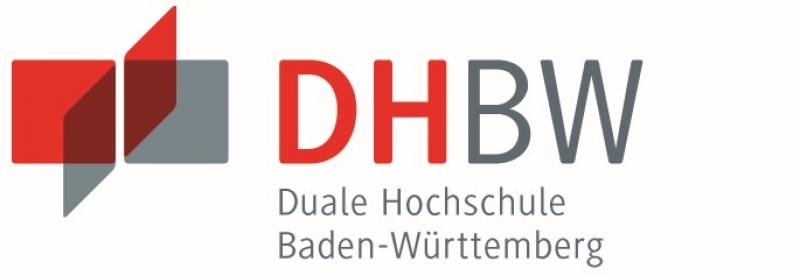 Abstract Biography |
|
| 09:30 | Keynote |
Keynote Presentation, Dr. Andreas Hölscher, Senior Vice President Corporate Product Development, Festo |
|
| 09:55 | Presentation from David Meneses, VP Sustainability, Air Liquide, France |
| 10:15 | Presentation reserved for Nadia Cheraitia, Strategic Account Executive for Renault Nissan Mitsubishi, Schneider Electric |
| 10:35 | Coffee break |
Session 2: Smart Fab Solutions for Smarter Process Tools |
|
| 10:55 | Introduction by session Chair |
| 11:00 | Keynote |
Keynote Presentation, Ruediger Dorn, Industry Lead High Tech & Semiconductor Industry, Google Deutschland GmbH, Germany |
|
| 11:25 | Industrial Internet of Things in Western Digital Wafer Operation |
Feng Zhang, Director, Western Digital Industrial Internet of Things in Western Digital Wafer Operation
 Abstract Biography |
|
| 11:35 | AMLS Hybrid implant technology and product |
George Horn, Director, Middlesex Industries SA AMLS Hybrid implant technology and product
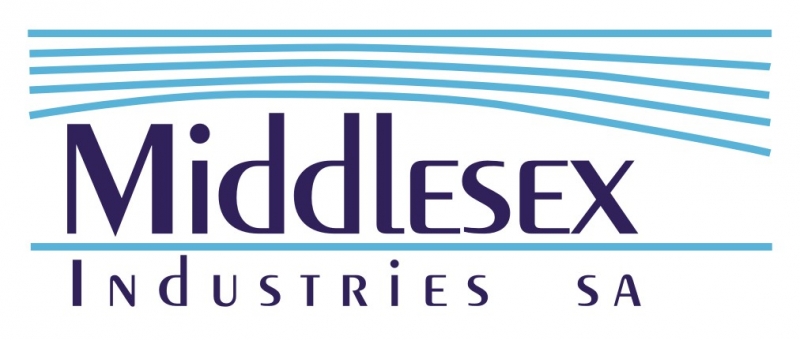 Abstract Biography |
|
| 11:45 | Cost-effective automation for legacy factories |
Doug Suerich, Product Evangelist, PEER Group Cost-effective automation for legacy factories
 Abstract Biography |
|
| 11:55 | Correct Material Selection and Life-Time Prediction of Elastomer Parts Using FEA Simulations |
Murat Gulcur, Material Development Manager, Trelleborg Sealing Solutions Correct Material Selection and Life-Time Prediction of Elastomer Parts Using FEA Simulations
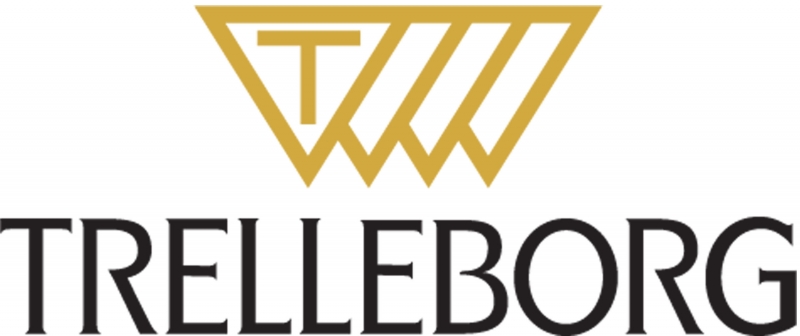 Abstract Biography |
|
| 12:05 | Incorporating Subfab into Factory and Tool Digital Twins |
Michael Neel, Marketing Manager - Intelligent Manufacturing Systems, INFICON Incorporating Subfab into Factory and Tool Digital Twins
 Abstract Biography |
|
| 12:15 | From smart manufacturing vision to Innovative Advanced Service Solutions |
Eyal Shekel, Senior Vice President Service Strategy and Excellence, Tokyo Electron Limited From smart manufacturing vision to Innovative Advanced Service Solutions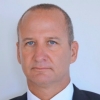
 Abstract Biography |
|
| 12:25 | Lunch Break and Voting for the Best Poster Presentation |
Session 3: Process and Equipment Transformation |
|
| 13:50 | How to replace FSI tools with BATCHSPRAY® equipment, while reducing chemical costs and achiving more clean room space? |
Mario Buchberger, Project Development Engineer, Siconnex How to replace FSI tools with BATCHSPRAY® equipment, while reducing chemical costs and achiving more clean room space?
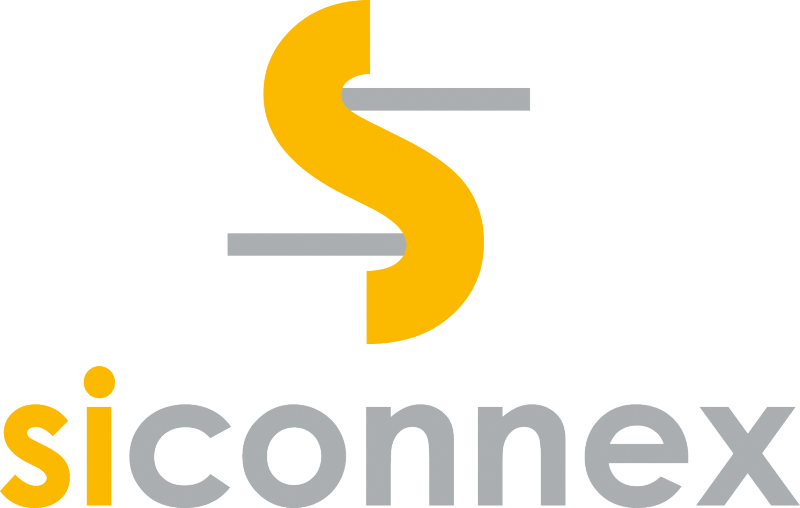 Abstract Biography |
|
Session 4: Skills in the Workforce and People in Processes Poster Session |
|
| 14:30 | Introduction by the session chair |
| 14:35 | Keynote Presentation by Andreas Schleicher, OECD |
| 14:55 | Successful strategies to attract young professionals |
Christine Pelissier, Business Line Manager EMEA, Edwards Ltd Successful strategies to attract young professionals
 Abstract Biography |
|
| 15:05 | Skills in the Workforce and People in Processes |
Andreas C. Zimmer, Executive Search & Selection Consultant, ZIAN & Co industrial consulting and recruitment Skills in the Workforce and People in Processes
 Abstract Biography |
|
| 15:15 | How to attract new graduates into the semiconductor industry |
Stewart Edmondson, CEO of UK Electronics Skills Foundation, TechWorks How to attract new graduates into the semiconductor industry
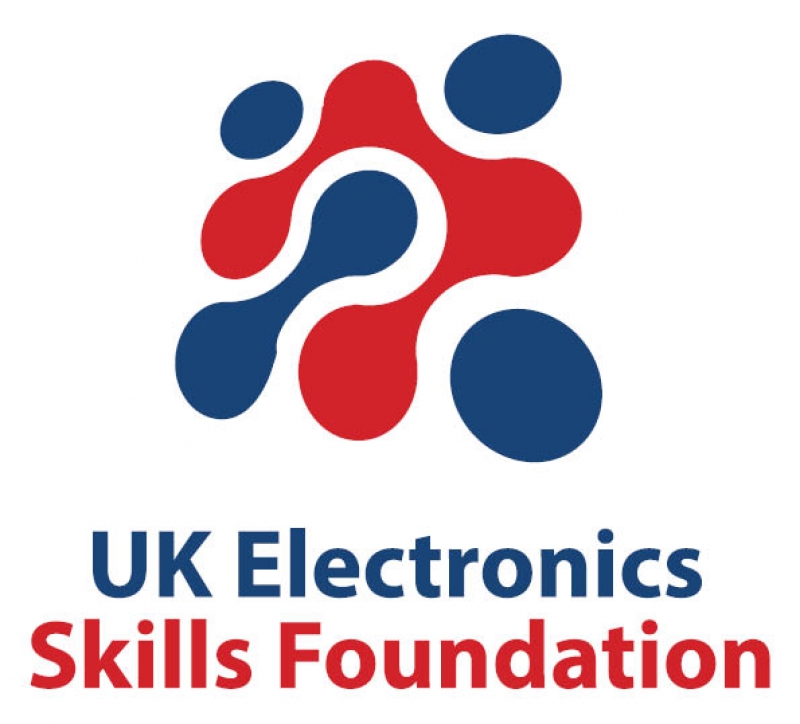 Abstract Biography |
|
| 15:25 | Poster Slot reserved |
| 15:35 | Panel discussion and Q&A with the four poster session finalists |
| 16:00 | Coffee Break and Voting for best Poster Presentation |
Session 5: Identifying the 3 Key Challenges of the Next Decade |
|
| 16:30 | Introduction by the session chair |
| 16:35 | The future of the semiconductor market |
Reinhart Richter, President, EBARA Precision Machinery Europe GmbH The future of the semiconductor market
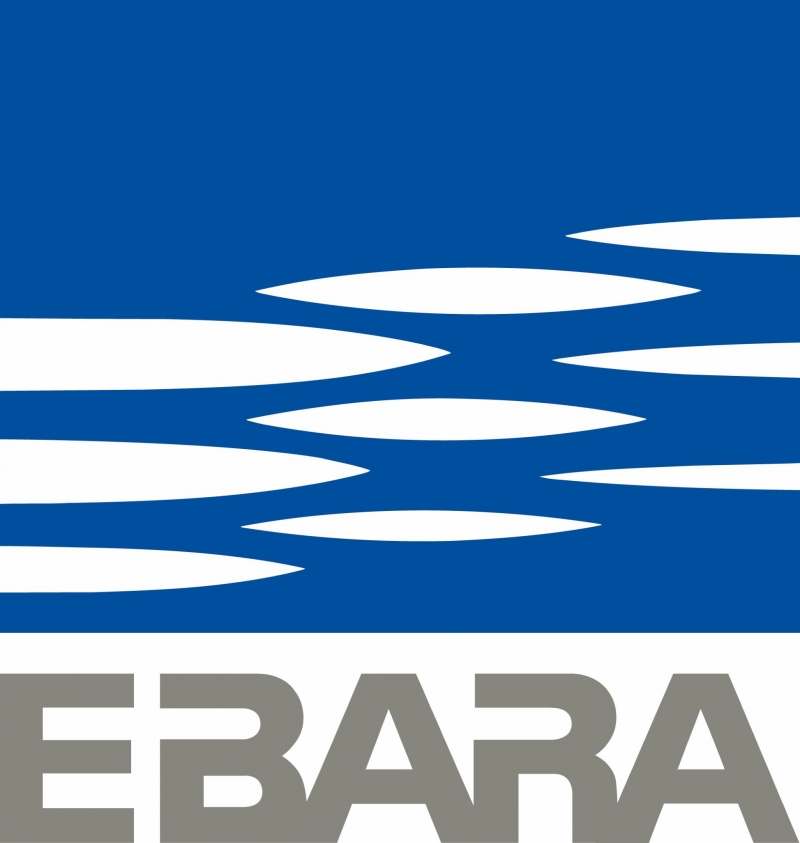 Abstract Biography |
|
| 16:55 | Updates on market trends and 50 Years of SEMI, Clark Tseng, Director IR&S, SEMI |
| 17:15 | Announcement of 2 Poster Winners |
| 17:20 | Final opportunity for Q&A |
| 17:35 | End of the conference |